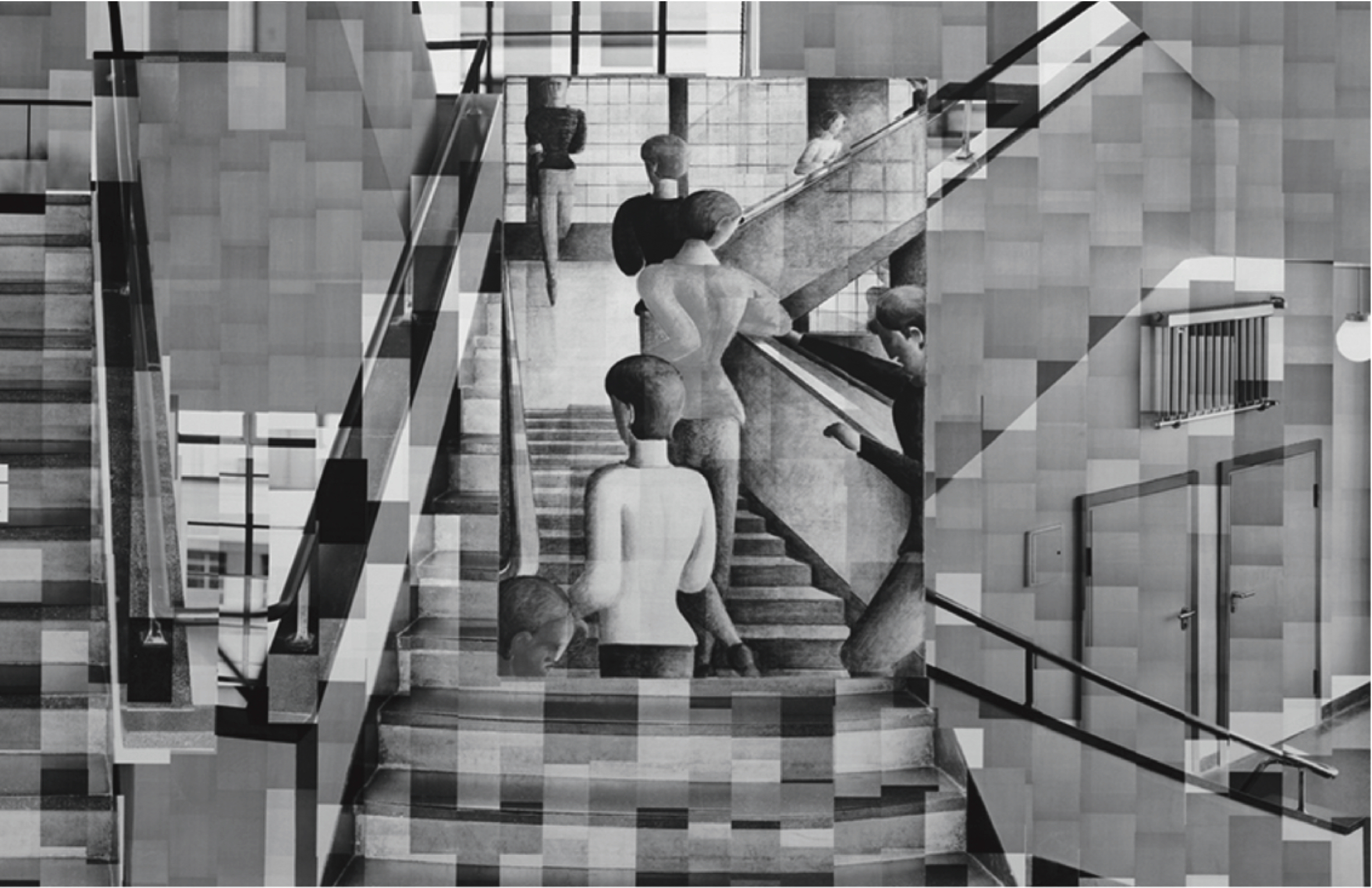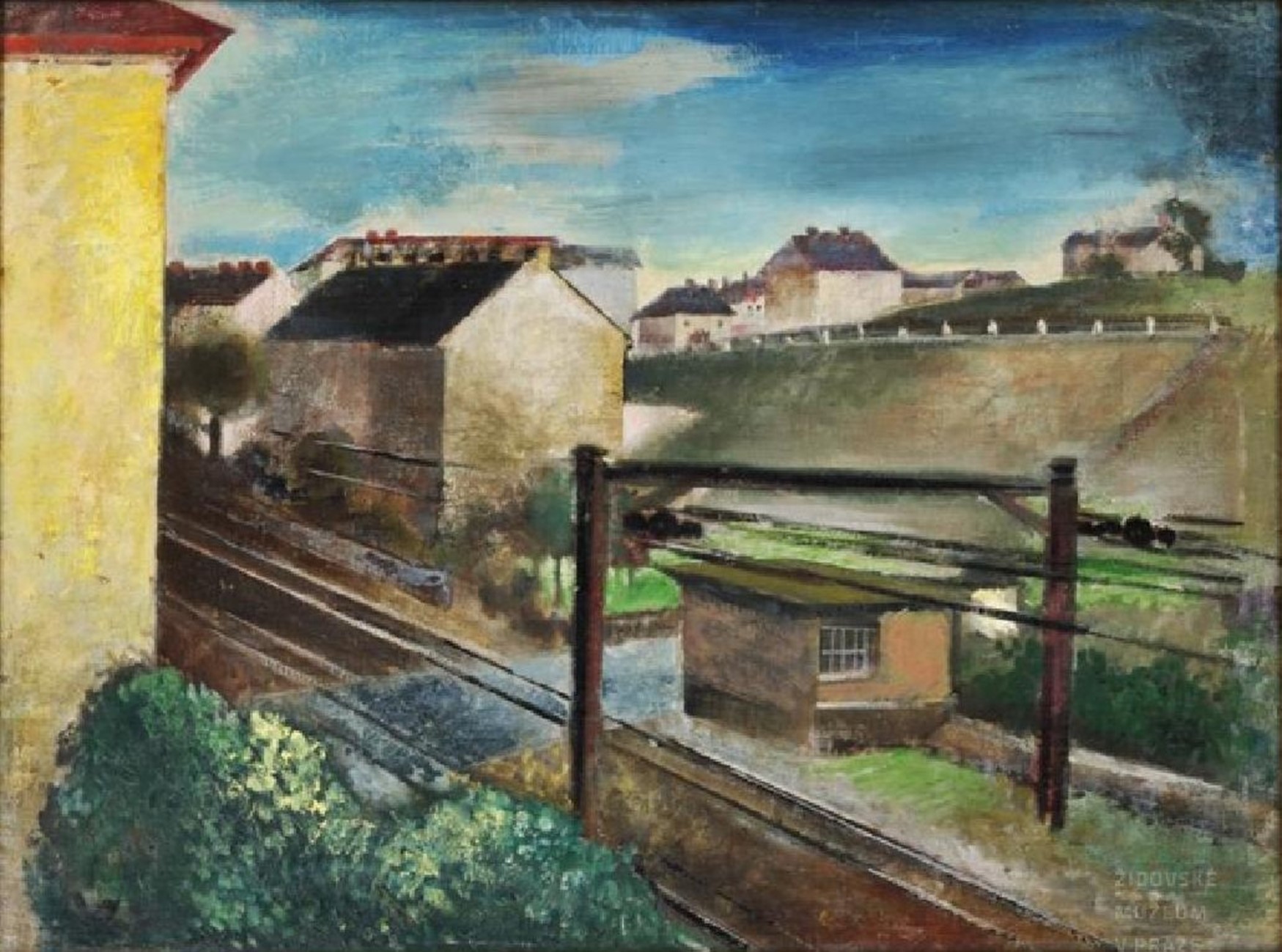
14 years of change: the female architects who transformed the Bauhaus
22 of October of 2024
During its 14-year reign, the Bauhaus school was famous for its innovative proposals, bold designs and avant-garde philosophy. Not to mention its costume parties. Teachers and students would spend weeks—and flex all their talents—on designing themed parties with dragons or lanterns and a side of jazz music.
The archive’s black and white photos paint a picture of a school in which young people innovated, learned and had fun. Many of the spaces were shared by men and women, but not all of them. And this shouldn’t go unnoticed: the Bauhaus welcomed women at a time in which they were seeking training and independence. But these promises of equality would sometimes be the reserve of parties and co-living.
In actual fact, they were admitted only to the workshops of ‘softer’ subjects like textiles and color. It was the women themselves who, as their time and skill progressed, managed to forge their path and attend workshops considered the pursuit of men: metal or architecture, for example. Friedl Dicker, Wera Meyer-Waldeck and Annemarie Wikle are just some of the women who made their mark on history as Bauhaus architects.
Architecture as an objective
The Bauhaus school opened its doors in 1919 in Weimar (Germany). From the outset, it was conceived as a modern and democratic center of art and design, welcoming anyone regardless of their age and gender. As a result, women accounted for more than half of enrollments in the first year.
“The school was a magnet for young people who wanted to learn and needed change. For women, the leap was twofold: acquiring a profession and feeling equal to their peers. It was the first time they could enroll at a center of learning. The laws of the new republic supported them”, explains Josenia Hervas y Heras in her book ‘Las mujeres de la Bauhaus: de lo bidimensional al espacio total’ (The Bauhaus women: moving from the bidimensional to the total space).

Typography above the entrance to the workshop block, designed by Herbert Bayer for the Bauhaus Dessau. Wikimedia Commons.
But at the school’s beginnings, men and women’s course choices were conditioned by a particularly strong bias. The men were encouraged to enroll on painting, metal or woodwork courses, whilst women were associated with the pursuits expected of women at the time, such as weaving or ceramics.
Walter Gropius, founder of the Bauhaus, saw this as a logical differentiation: he maintained that women thought in two dimensions, and men in three (hence the name of Hervas y Heras’ book). This led to architecture having one of the strongest such biases of all. His studio was considered by many as the last filter that would separate men and women.
But in time, his mentality—and that of all the other Bauhaus teachers—began to shift, and they included women in their classes and professional projects. Over the Bauhaus’ 14-year reign (the school was closed by the Nazi regime in 1933), numerous women demonstrated great talent and fought to conquer a space initially considered the reserve of their male counterparts.

Artistic representation of daily life at the Bauhaus, exhibited at the Museum of Modern Art in New York in 2019. Katharina Gaenssler (Wikimedia Commons)
Whilst today the male names are the most remembered of all, there’s no doubt that the work of women was key to laying the foundations of design, art and architecture of the time.
From Dicker to Meyer-Waldeck: the women architects of the Bauhaus
Having studied photography, textiles and other artistic disciplines, Friedl Dicker asked for admission to the Bauhaus to learn architecture. She was an outstanding pupil of the bookbinding workshop, textiles and furniture design, later moving towards set design and architecture projects.
After leaving the Bauhaus, she enjoyed a very full career, of which architecture was a highlight. Amongst other ventures, she set up a studio together with the artist Franz Singer in Vienna, where they worked on architecture, interior design and furniture projects.
Sadly, Dicker’s story is remembered above all for its ending. She was arrested by the Nazis for her Jewish ancestry, political activism and ideology. In the years she spent at the Terezin concentration camp, she taught hundreds of children to paint and put on plays. She died at Auschwitz, having left behind two suitcases in a safe place containing thousands of drawings done in her classes.

Painting by Dicker of the view from her Prague studio. Wikimedia Commons.
Wera Meyer-Waldeck, meanwhile, began her carpentry studies in the Bauhaus, and finally graduated as an architect in 1932. When the school closed down, she embarked on a professional career that was as varied as it was full: she worked in an aircraft factory, the Ministry of Highway and Rail Planning of the Reich, and a mining company.
After the war, she honed her efforts on rebuilding the country, something of incredible value for her profile as an architect. She went on to work independently, opening her own studio as an architect and interior designer.
Annemarie Wikle was another of the most renowned architects in the Bauhaus, known above all for her interior design and housing developments. And the list of outstanding Bauhaus women in a range of disciplines goes on: Marianne Brandt in metalwork, Margarete Heymann in ceramics, Alma Siedhoff Buscher in woodwork and Anni Albers in textiles; just some of them whose names are etched in the history of design.





There are no comments yet